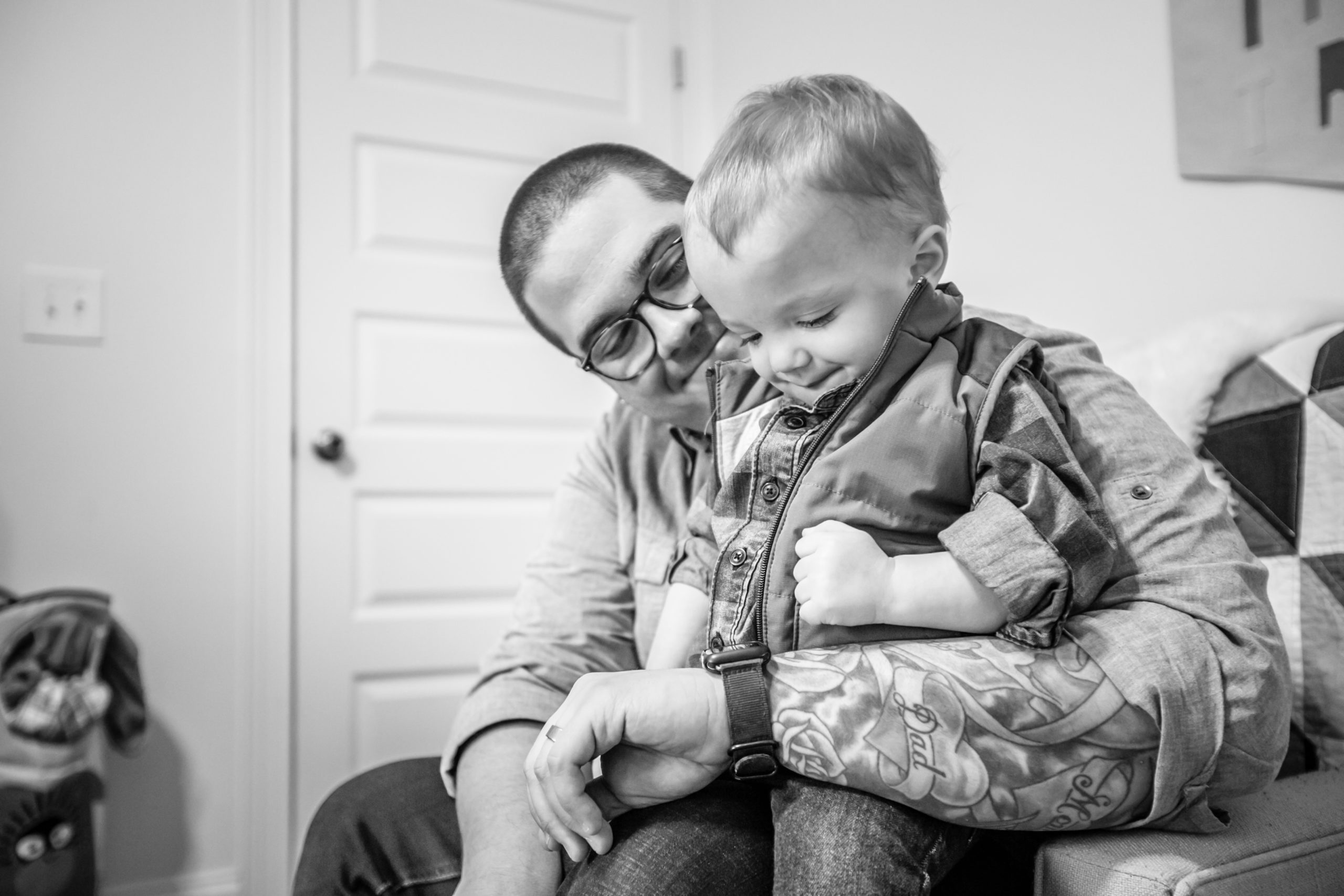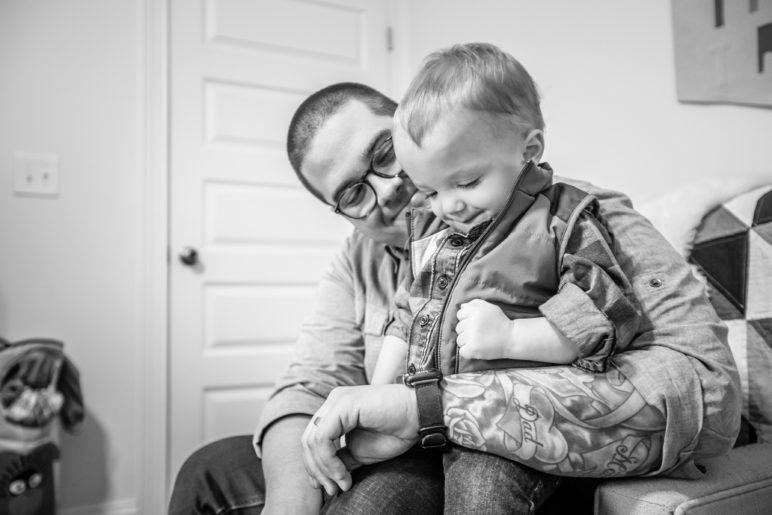As government cash arrives in the coming weeks to help millions of people in desperate financial need, we should be asking: Why don’t we do cash benefits more often?
The global coronavirus pandemic is an acute crisis, of course. But there’s never been a day in the world’s history without people in desperate need. Cash is the best way to help them, for the same reasons it is the best way to help people right now. Cash is faster and more flexible, allowing individuals and households put it toward their own unique immediate needs, whether it’s housing or other expenses.
Households in Cascadia and beyond have been holding their breaths as federal coronavirus response bills race toward passage in both the United States and Canada. The US package should help stanch hemorrhaging finances for the nearly 4 million Americans who have filed for unemployment insurance since the beginning of March, including nearly 200,000 people across Oregon and Washington.
The relief package is a response to the shock wave of layoffs triggered by coronavirus lockdowns. It includes public money to boost state-provided unemployment insurance (UI) by $600 per week for the next four months.
For comparison’s sake, $600 is the weekly income of someone working full-time at $15 an hour. That’s on top of states’ usual unemployment benefit, which varies state to state. Oregon offers about two-thirds of pre-layoff pay; Washington offers half (up to a maximum in both cases).
This is a big deal—the largest temporary expansion of direct cash benefits in modern US history. (We were among those urging it last week as the best way to shield workers from the effects of an unprecedented public health crisis.)
Canada’s federal government announced Thursday that it is planning a similar provision: a flat $2,000 a month for four months to “people who have lost jobs or are unable to work.” On Friday, it added a 75 percent wage subsidy to small and medium businesses that keep workers on payroll.
British Columbia, meanwhile, is sending one-time payments of $1,000 to affected workers, and the US federal government will issue one-time checks of $1,200 per adult, and $500 per child, to individuals making less than $75,000 per year.
This is a breakthrough moment for cash payments. It’s long overdue.
Study after study shows: flexible benefits build resilience
Cash payments give households the flexibility to respond to their needs in real time, with an eye toward unique circumstances and enough stability to open the possibility of long-term planning.
Most welfare programs in the United States, like the Supplemental Nutrition Assistance Program (SNAP)—commonly referred to as food stamps—and Section 8 housing vouchers, restrict how recipients can use the benefit. Because they’re so specific, they seem to be carefully targeted. But the truth is the opposite: they’re actually blunt instruments. Direct cash payments, in contrast, are fine and endlessly flexible, giving each recipient full control of their budget and the ability to tailor spending to an infinite variety of circumstances.
One person poor enough to qualify for a housing voucher might have access to affordable housing thanks to an uncle’s basement apartment, so would prefer to put the voucher’s value toward online classes to boost skills and launch a new career. Someone else who qualifies for SNAP might have access to nutritious food via community services, but could use the value of some SNAP dollars to cover childcare, pay for a necessary car repair, or even build personal savings.
Opponents of unrestricted cash benefits claim their flexibility will precipitate greater consumption of things like alcohol, tobacco, or lottery tickets, or encourage recipients to quit their jobs.
But evidence from cash payment programs around the globe demonstrates the opposite: Households with access to consistent cash benefits tend to use the money to build household assets, pursue additional education, and boost nutrition. There’s little evidence of reduced employment.
The United States’ biggest regional cash program is a Pacific Northwest creation: the Alaska Permanent Dividend Fund. Its recipients collect about $2,000 in annual payments thanks to the state’s oil revenue. Several studies have found correlations between the cash transfers and improved health outcomes, including increased infant birth weight and a reduction in childhood obesity. The lowered obesity rates may account for between $2 million and $10 million in annual medical cost savings.
Tribal members of the Eastern Band of Cherokee Indians, in rural North Carolina, receive twice-yearly cash payments from the tribe’s casino revenue. The payments correlate strongly with improved childhood outcomes, including additional education and reduced crime rates among minors. (One less hopeful study found a correlation between adults receiving the payments and an increase in accidental death due to car or motorcycle accidents, or the use of “health damaging goods” like alcohol and drugs. The researchers note that this may be linked to the fact that the money is disbursed in two large payments per year, rather than evenly each month, as well as the “big check” for $30,000 that many Cherokee receive at age 18.)
In 2019 the city of Stockton, California, launched a small pilot program in which 125 lower-income residents began receiving $500 monthly checks. Data from the first 8 months of the 18-month experiment showed that recipients used the money mostly on daily household needs: food, clothes, and utility bills.
Experiments with unrestricted cash benefits in Finland, Kenya, and Manitoba, Canada, also found far-reaching societal benefits, including greater trust in social institutions, increased entrepreneurship, and fewer hospital visits.
As the policy director of Portland’s public housing authority put it the other day, calling for cash payments in the federal coronavirus bill: “People are the experts of their own lives.”
But for some reason, despite all this evidence, we don’t seem willing to believe the benefits.
Emergency loans to big businesses are investments in the past; cash to people is an investment in the future
The US coronavirus bill, historic though it is, will fund mostly things other than cash for individuals. The one-time payments and unemployment boost are, together, not quite 25 percent of the bill’s price tag; loans to large businesses and local governments, plus business tax cuts, together account for 35 percent.
The imbalance neglects evidence that when individuals receive unrestricted cash assistance, they use it efficiently, in ways that boost their economic resilience, assets, and health.
This isn’t to say that many good businesses aren’t in danger right now. But the bigger truth about the US economy isn’t that too many businesses have been failing. It’s that too few have been launching, while the big are getting even bigger.
In the long run, a truly healthy economy requires entrepreneurship, which requires people willing and able to take risks, as well as wide-open doors of opportunity for people of every background. At some point, the coronavirus crisis will recede, revealing a changed world. When it does, we’ll want to build new enterprises, not just cling to the old.
As Henry Grabar wrote for Slate this month, the transit strike of 1980 left New York City bike lanes and dollar vans, and the flu pandemic of 1918 planted the seeds of public health insurance. Maybe in this terrible plague year, a new consensus will start to grow: that the best way to help people build a prosperous economy is also the simplest.
Just give people cash.
Frances Bula contributed research from Vancouver.
In our next post, we’ll take a closer look at some ways Cascadian governments could build cash payments into their safety net.












Jim Labbe
Let’s start building the social safety net of the 21st century. This project is piloting technologies and beta testing a system that rapidly channels resources to the most vulnerable, a system that could eventually be adopted by governments. https://www.theworkerslab.com/the-workers-fund